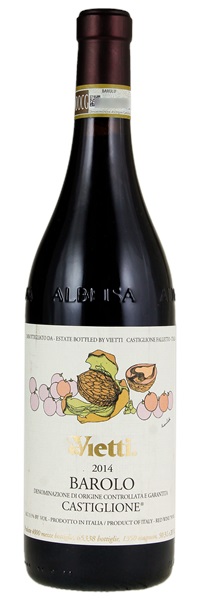Estimate

The bouquet here is generous and broad with dark fruit, spice and tar. You even get a touch of citrus or dried orange peel...tannins leave a firm footprint...
...superb. Nuanced, layered and sculpted in the glass...a wine of real precision and class...medium in body and gracious...tons of persistence. Hints of lavender, rose petal and red berry fruit lead into the crystalline, translucent finish.
An array of berries and cherries with a floral sheen. Bright and attractive. The palate has a layer more than most, offering sour cherries and tangy, cherry-pip flavors in a supple, balanced style.
...displaying cherry, currant, leafy tobacco and iron flavors. A firm grip locks down the finish, with a lingering element of sweet fruit.